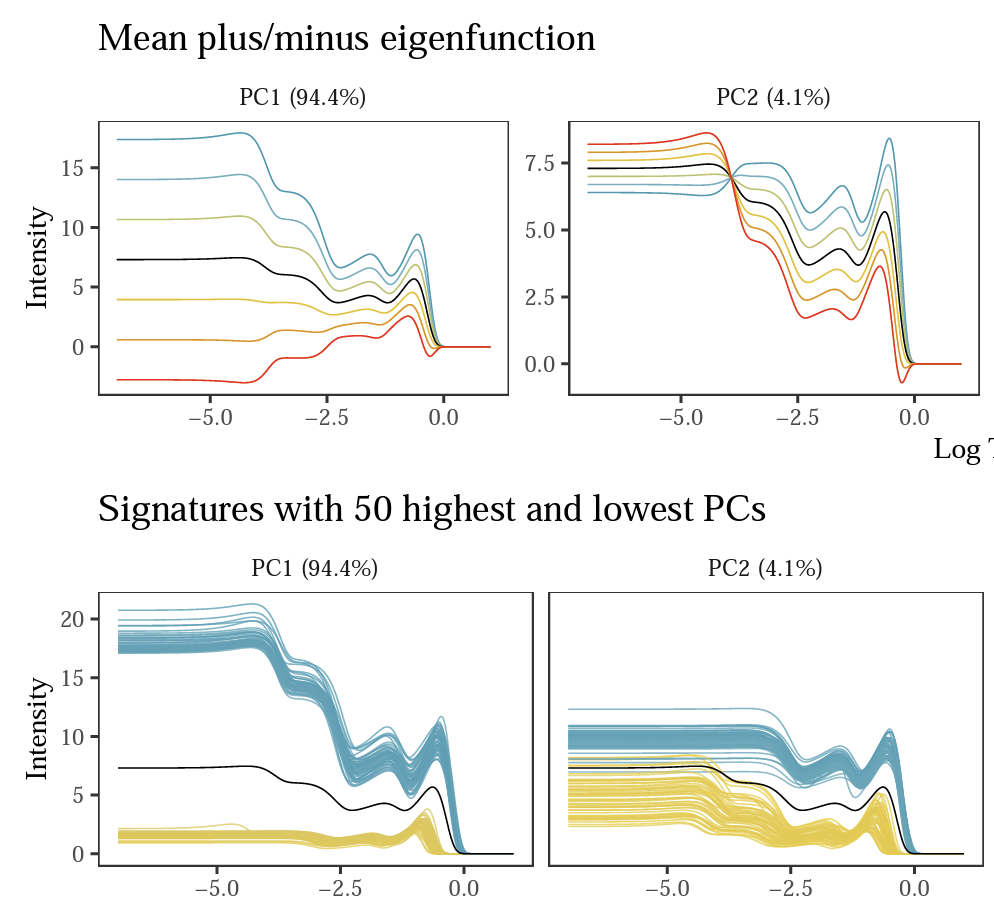Explaining Neural Networks with Functional Data Using PCA and Feature Importance
Talk for AAAI 2020 Fall Symposium on AI in the Government and Public Sector
Optical spectral-temporal signatures extracted from videos of explosions provide information for identifying characteristics of the corresponding explosive devices. Currently, the identification is done using heuristic algorithms and direct subject matter expert review. An improvement in predictive performance may be obtained by using machine learning, but this application lends itself to high consequence national security decisions, so it is not only important to provide high accuracy but clear explanations for the predictions to garner confidence in the model. While much work has been done to develop explainability methods for machine learning models, not much of the work focuses on situations with input variables of the form of functional data such optical spectral-temporal signatures. We propose a procedure for explaining machine learning models fit using functional data that accounts for the functional nature the data. Our approach makes use of functional principal component analysis (fPCA) and permutation feature importance (PFI). fPCA is used to transform the functions to create uncorrelated functional principal components (fPCs). The model is trained using the fPCs as inputs, and PFI is applied to identify the fPCs important to the model for prediction. Visualizations are used to interpret the variability explained by the fPCs that are found to be important by PFI to determine the aspects of the functions that are important for prediction. We demonstrate the technique by explaining neural networks fit to explosion optical spectral-temporal signatures for predicting characteristics of the explosive devices.
Sandia National Laboratories is a multimission laboratory managed and operated by National Technology & Engineering Solutions of Sandia, LLC, a wholly owned subsidiary of Honeywell International Inc., for the U.S. Department of Energy’s National Nuclear Security Administration under contract DE-NA0003525. This paper describes objective technical results and analysis. Any subjective views or opinions that might be expressed in the paper do not necessarily represent the views of the U.S. Department of Energy or the United States Government. SAND2020-12004 C
